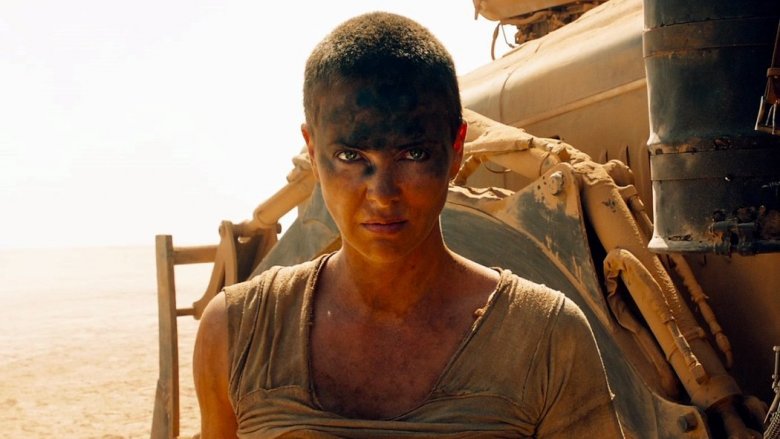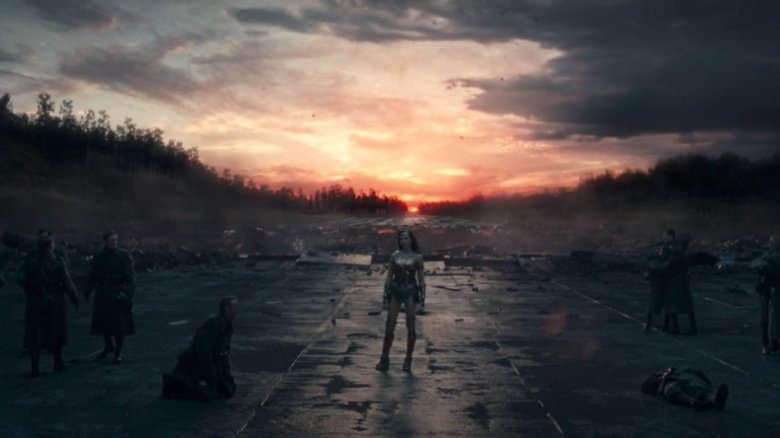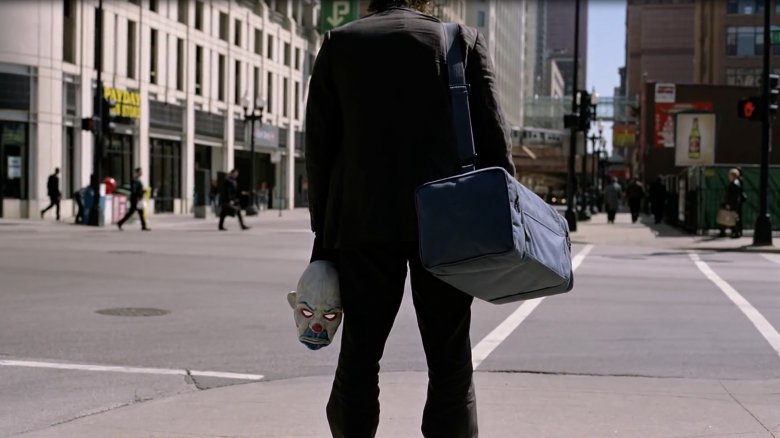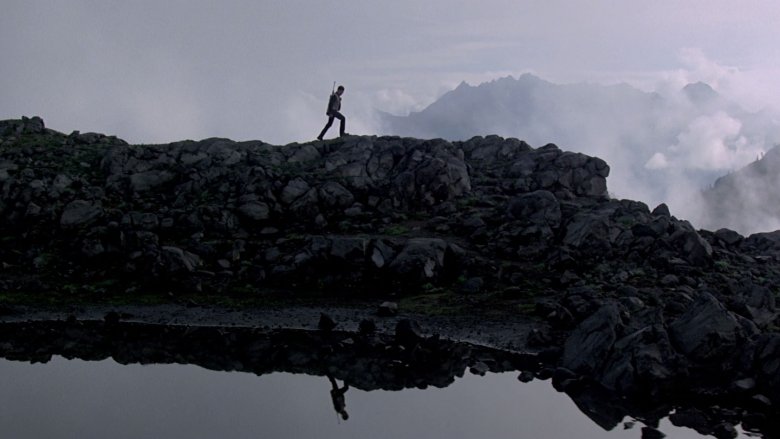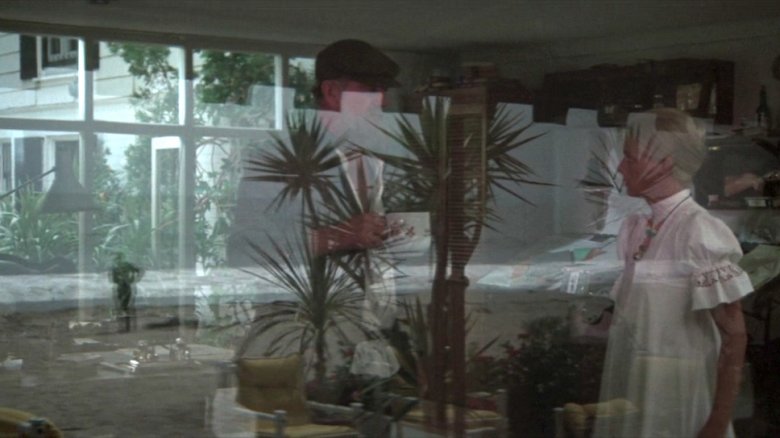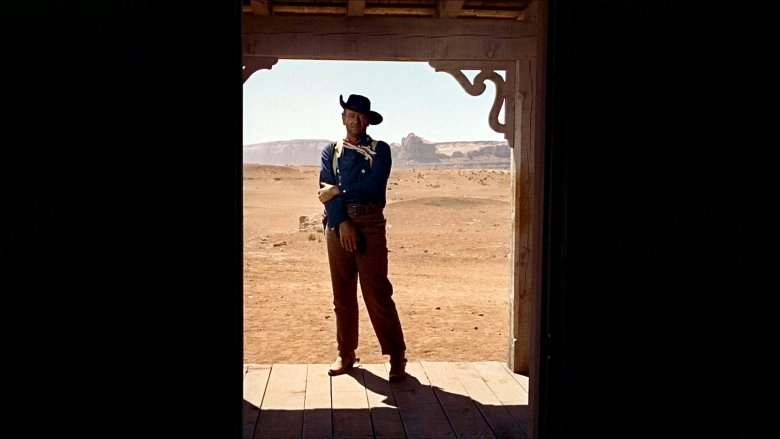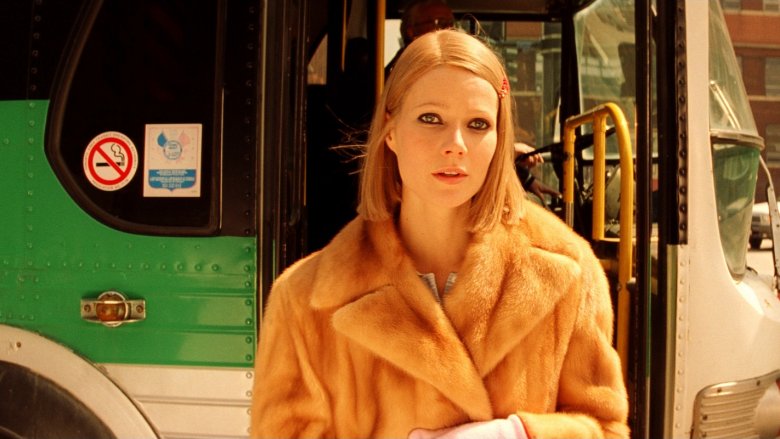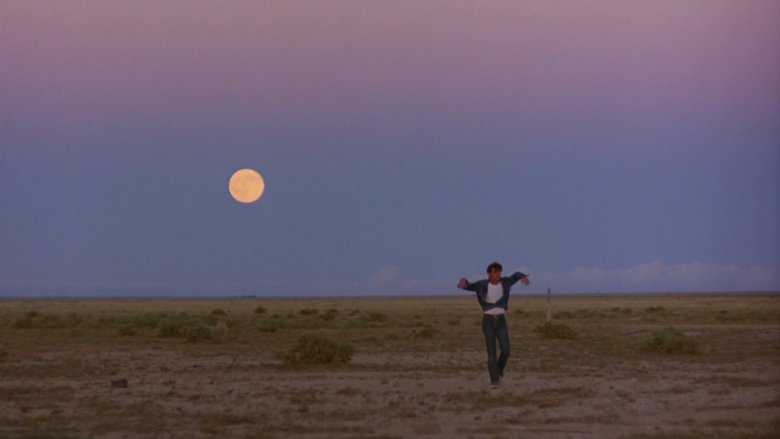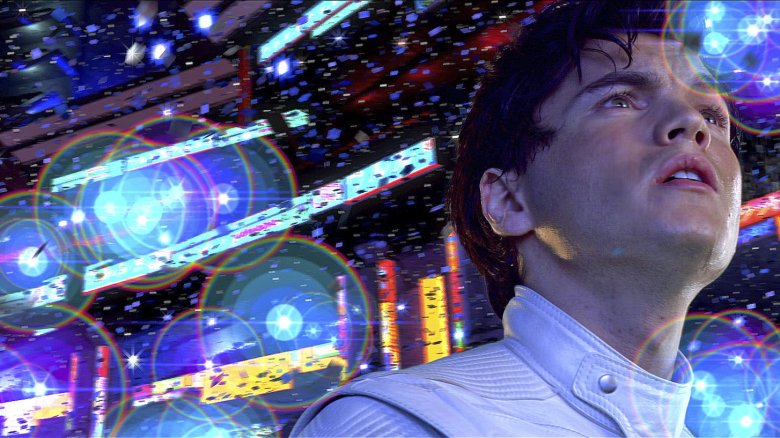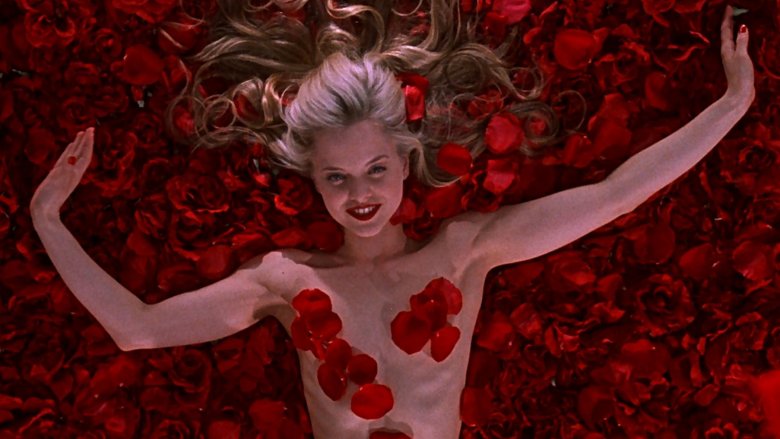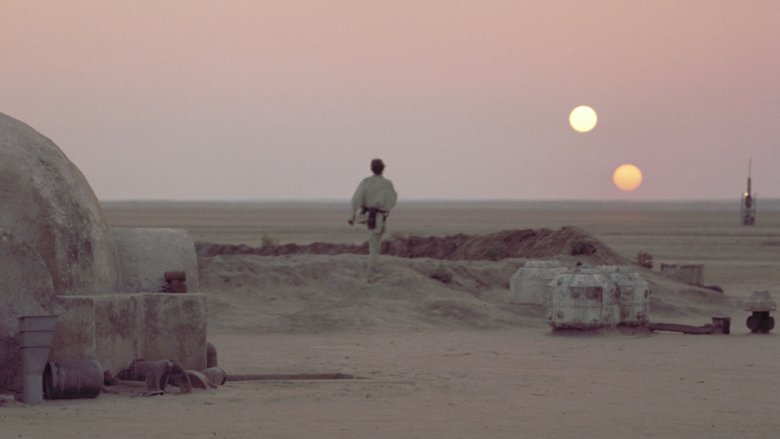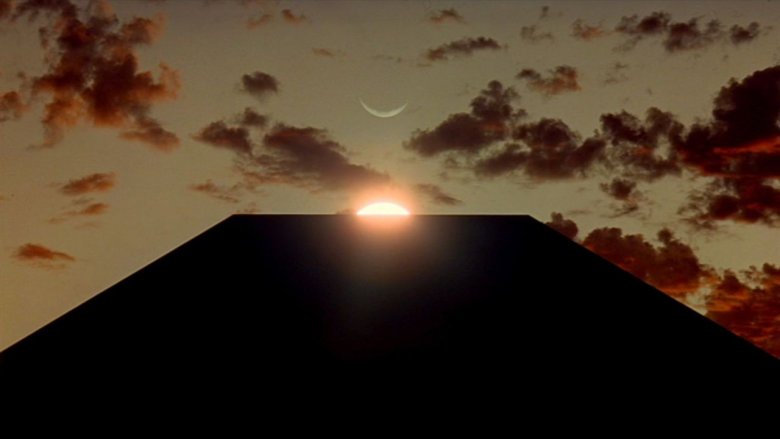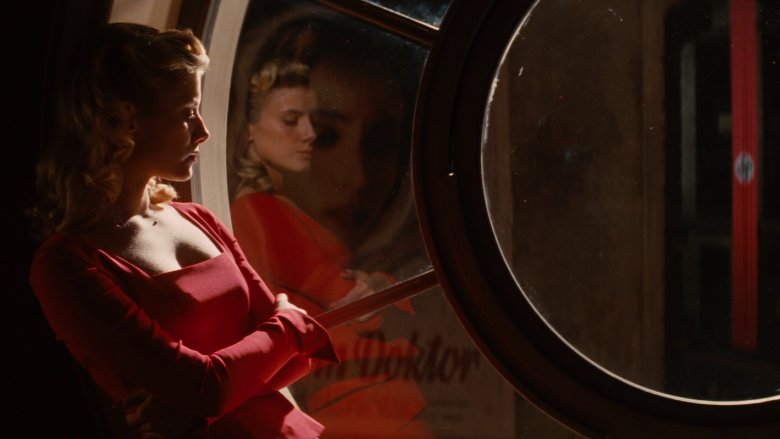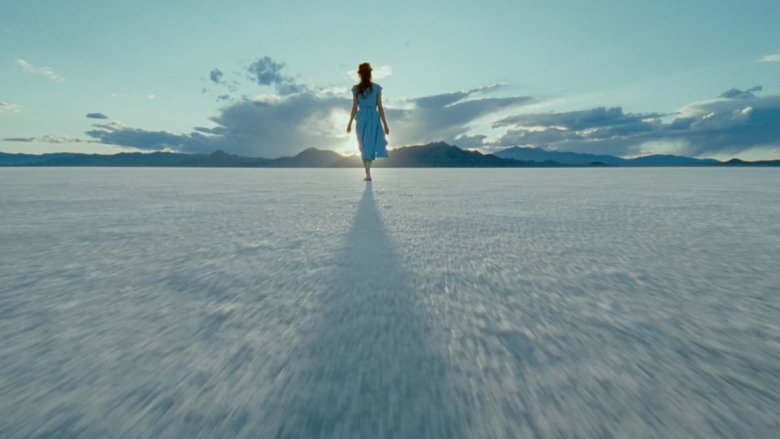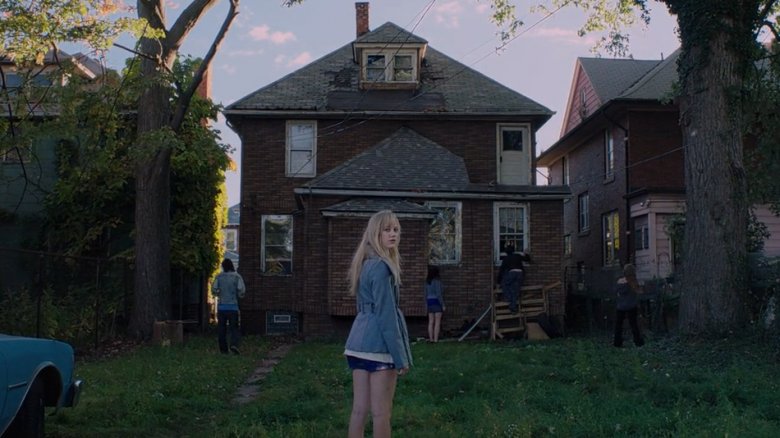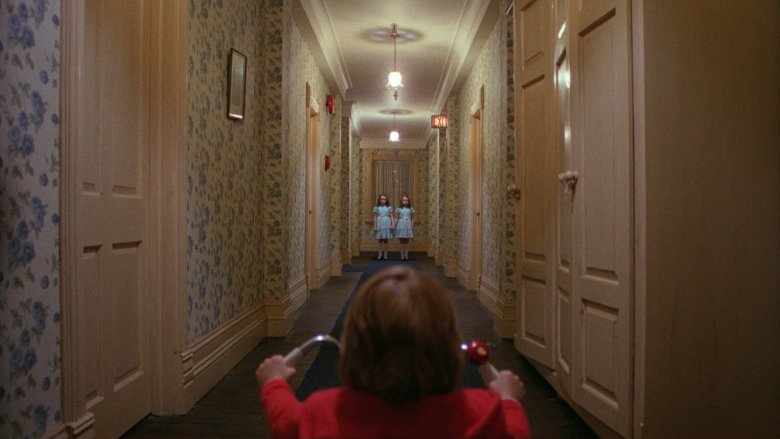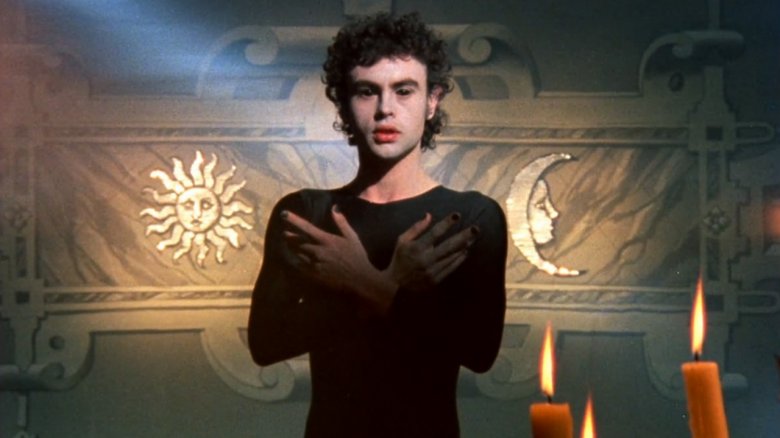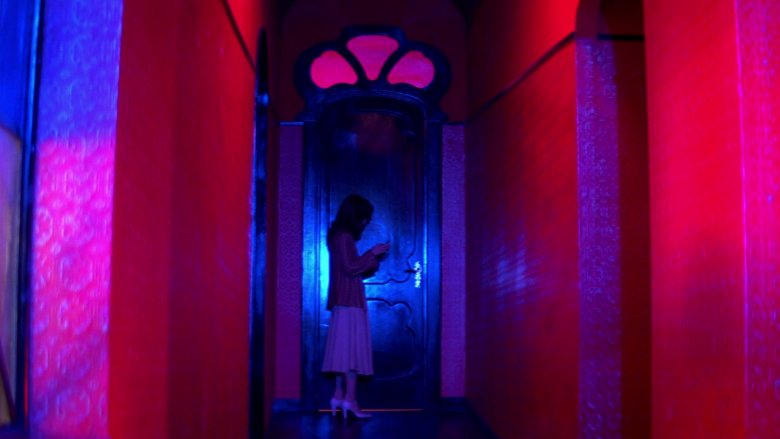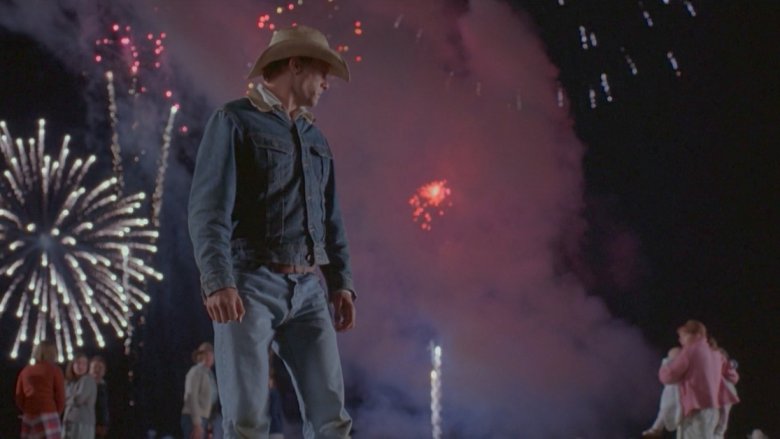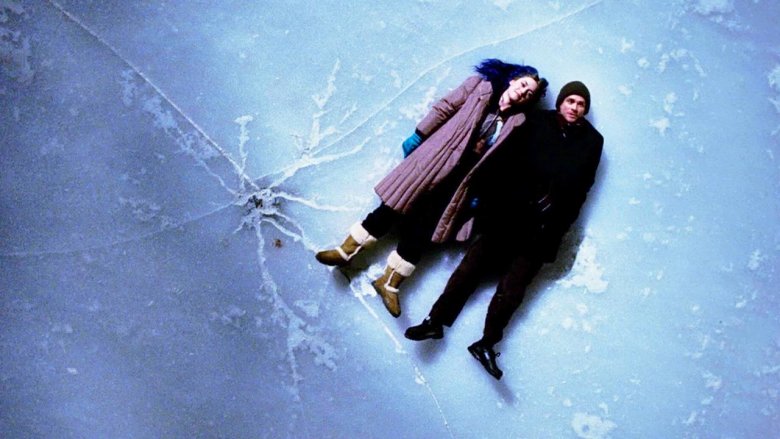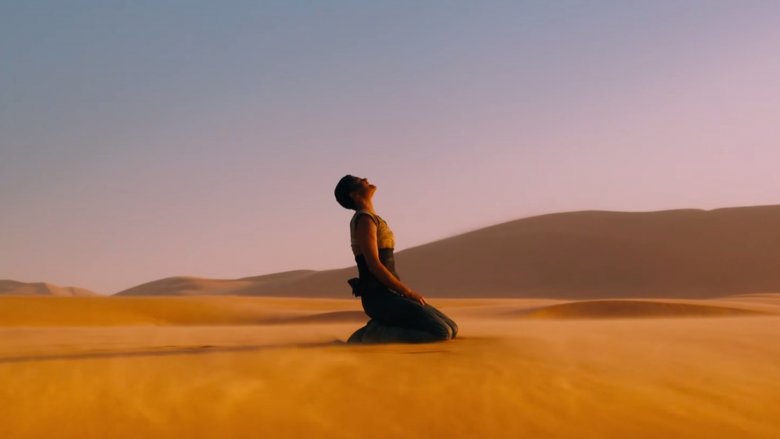The Most Stunning Still Shots In Movies
Film and photography are two very different art forms, but at the same time the former incorporates the latter. A photograph is its own thing, but a film is a sequence of photographs (or simulated photographs, in this digital age) which tells a story, usually with the aid of sound and spoken dialogue.
So while there's so much more going on in film, it can still be interesting to pull out specific still images and look at them as though they were photographs. In fact, while we don't usually discuss it in such terms, we do a lot of that on the internet. For this article, we've chosen images from both classic and recent films that are beautiful and moving all on their own, while also providing insights into the films from which they come.
Wonder Woman
At its heart, Wonder Woman is a movie about war and peace. Diana believes that if she defeats the God of War, the Great War will end. Along the way she learns that everything's more complicated than she expected, but ultimately she does defeat the God of War (on the eve of the Armistice signing), and the war does end.
As the dust settles, the sun begins to rise. All around the battlefield, German soldiers remove their gas masks to reveal the faces of young boys. And we see this image, of Wonder Woman in front of the crater where she immolated Ares, surrounded by grateful soldiers, as dawn breaks behind them. It's not the last scene of the movie, but it's the end of the main action, and it's a perfect and painterly tableau.
The Dark Knight
Meet the Joker. You won't learn he's the Joker until later, but this is his first appearance on screen in The Dark Knight. And already, it's clear that something is off about him. Even without seeing his face, there's something unsettling in his stance, in the hunch of his shoulders. And of course that clown mask he's holding, with light shining through the eyes, makes him even creepier. When he removes it at the end of the bank robbery scene, revealing that he's also a creepy clown underneath, that retroactively makes this scene much scarier. But it's also beautiful, this daytime shot of Chicago-as-Gotham with one figure—highlighted front and center—who definitely doesn't belong.
The Deer Hunter
The Deer Hunter is a film about the Vietnam War, and how it disrupts the lives of three men from Pennsylvania. It's a big film in its scope, its ambitions, and its running time. And one of the things that it's about is the powerless of even men who regard themselves as strong, as they find themselves swept along and even destroyed by forces much bigger than themselves.
All of that is represented in this shot. That's Robert De Niro, but you'd never know it at this scale if you haven't watched the surrounding scenes. He's just a tiny figure, with an even tinier gun, moving through a hostile landscape. The backdrop looks like Heaven, but the terrain over which he trods looks more like Hell. A lost man, navigating a terrifying world.
The Long Goodbye
With this shot from Robert Altman's The Long Goodbye, film-as-art enters a more post modern period. It may look like the film is double-exposed, but actually the scene is just shot through a large picture window, capturing the interior of a beach house along with the reflection of what's outside.
As Sterling Hayden and Nina van Pallandt discuss their troubled marriage inside the house, we also see the smaller reflected figure of Elliott Gould as Philip Marlowe—who was hired to help them but may just be further complicating things—walking along the surf outside. Also, the faces of Hayden and van Pallandt are obscured by reflected palm trees, which in turns reflects the fracturing of their emotional lives.
The Searchers
By the end of The Searchers, Civil War veteran Ethan Edwards (John Wayne) has spent five years searching for his lost niece, and finally returned her to her parents. Along the way, he's let his disdain for the the Native Americans who kidnapped her grow from a mundane sort of racism into something more like a violent vendetta. And at the end of the movie, as the reunited family celebrates, there's this shot of Uncle Ethan outside the door, framed in darkness. He did what he thought was right, but now he finds that he can't return to civilized society. He's not a civilized man. After all that he's seen and done, he belongs in the wilderness, and as the movie ends he silently turns and goes back to it.
The Royal Tenenbaums
Wes Anderson's The Royal Tenenbaums is such a visually beautiful film that it's difficult picking just one shot. There's the flag flapping over the house, the falcon taking flight, or the illuminated tent in the dark ballroom. But this shot does something really special. It recontextualizes the character of Margot, who we've already met as an emotionally distant and self involved woman who dresses like a child and wears too much eyeliner, and shows us how much Richie loves her.
When she steps off that Green Line bus, the film goes into slow motion. When her lips part slightly, Nico's "These Days" begins to play. Obviously making Gwyneth Paltrow appear beautiful is no great feat, but the beauty of this moment is something extremely specific to the story being told, and that's what makes it so special.
Badlands
Terrence Malick is a very visual director, and he has a particular fascination with the sky, and with the horizon, where the sky meets the Earth. Badlands, his first feature, focuses on a garbage man turned criminal played by Martin Sheen, and Sissy Spacek as the teenager who he charms into running away with him. As he begins killing people, she continues to romanticize their life on the run together.
There's a lot of that romance, and also some of the corruption beneath it, contained in this shot of Sheen in the titular badlands. His outfit and hair make him look like James Dean, but his pose makes him look like a scarecrow, as a full moon illuminates that all-important horizon.
Speed Racer
Speed Racer is a visual joyride, in which the Wachowskis use a mix of live action and CGI to create a candy-colored futuristic world where car racing is the most important thing, and conjoined empires of business and crime have grown up around it. In the center is Emile Hirsch as Speed Racer—that's his actual first and last name—a young man with a purity of focus who only wants to drive fast and be the best at it. And while the whole film is a whirlwind of light and color, there's nothing quite like this moment, in which Speed gets out of the car after a race, disoriented, as flashbulbs ignite all around him and the celebration of his victory begins before he's even had the time to realize he won.
American Beauty
American Beauty was widely acclaimed when it came out in 1999, but it hasn't entirely stood the test of time. For one thing, a major plot element is a middle-aged man (Kevin Spacey) developing a crush on a teenage girl (Mena Suvari), which serves as a catalyst for change in his life. And rather than his weird obsession being problematized from the beginning, the film treats his eventual choice not to sleep with the girl as almost heroic.
Without dismissing any of that valid critique, the fantasy image of Suvari floating naked on a bed of roses is unlike anything else in cinema, and remains instantly recognizable and often referenced to this day. Despite her nudity, the fantasy isn't even particularly sexual—it's about wanting to reach out and touch something more beautiful than your mundane life. That doesn't negate what's problematic about the story, but it does add color to it.
Star Wars: A New Hope
The original Star Wars is best remembered for reviving the adventurous spirit of classic sci-fi properties like Flash Gordon and bringing a fast-paced sense of fun into the melancholy world of 1970s science fiction. But Star Wars also has its moments of melancholy and contemplation. The first, and perhaps still the most beautiful, is when Luke Skywalker contemplates his place in the galaxy, as he stares out over a barren desert at two suns setting on the same horizon. It's poetic, but it's also world-building, which is a rare balance in genre films, especially in a single shot. As viewers, we know that Luke's life is about to change, but he doesn't, and that dramatic irony adds another shade of beauty to this perfect moment.
2001: A Space Odyssey
Stanley Kubrick's 2001: A Space Odyssey isn't a film about characters. There are a few, but they barely matter (not even Dave). 2001 is a film about events on a cosmic scale. About objects of unknown origin exerting a mysterious influence on evolution. About humans moving from caves to space stations to interplanetary starships.
And it starts here, with this abstract image of an approaching eclipse seen over a towering black monolith. Light and darkness, day and night, Earth and sky. The movement of celestial bodies without human influence but exerting an influence over humans. Later in the film, the visuals get much more colorful and bizarre, but it's this early moment that really lays out where things are going.
Inglourious Basterds
Feminist film critic Laura Mulvey pointed out that the gaze of a film is traditionally a male gaze. And you might say that few cinematic gazes are more overtly male than Quentin Tarantino's. Tarantino loves composing a beautiful shot, and he also loves framing images of beautiful women. This moment from Inglourious Basterds, featuring Mélanie Laurent, is a great example of the intersection of those impulses.
Laurent is a unique beauty, to be sure, but what makes this image great is her placement by that round window, with the reflection of her face juxtaposed against another woman's face on a poster outside, and that unsettling red streak of a Nazi banner on the far right. Laurent's red dress mirrors the banner, and both are the color of blood and fire, foreshadowing her ultimate plan to slaughter a theatre full of Nazis.
The Tree of Life
Here's Terrence Malick once more, as his continuing fascination with skies and horizons comes up again in 2011's The Tree of Life. But unlike Badlands, the focus here is not on South Dakota, but rather the afterlife. As such, both the land and sky are far more abstracted, creating a sense of the unearthly as Jessica Chastain (playing the main character's late mother) moves toward the mysterious mountains in the distance.
The Tree of Life is an incredibly ambitious attempt to contextualize one man's life within the totality of time and the cosmos, and while it may not be entirely successful in that endeavor, images like this one make it, like every Malick film, well worth the time it takes to watch.
It Follows
It Follows is a horror film, and a very effective one, about what you might call a sexually transmitted demon, which relentlessly pursues its prey and can only be escaped by having sex with someone, who the demon then pursues instead. And while that premise is interesting and unique, it's the mood and the visuals that really stick with you.
The story is set in Detroit, in a kind of neverland time that suggests the past while containing elements of the present, and every scene is surrounded by decay and desolation. This perfectly composed shot is a great example, with the main characters approaching a dilapidated house as the central protagonist, played by Maika Monroe, turns and looks directly into the camera. She's checking to see if she's being followed, which of course she is.
The Shining
In The Shining, Stanley Kubrick deliberately breaks all of the visual rules of horror while creating something uniquely terrifying. Most of the film is brightly lit, which makes the appearance of ghosts, like the twins in this shot, all the more unsettling.
As in all of his films, Kubrick is also fascinated with symmetry. Many would film a supernatural moment like this one at an odd angle, perhaps peeking around the corner or showing the twins to one side of Danny's head. But Kubrick places the identical little girls in the middle of the hallway, their clasped hands in the very center, and has Danny visible beneath them, also in the center of the hallway on his tricycle. After all, The Shining is a film about an evil structure and the deadly patterns that repeat within it, so keeping every moment so carefully structured only adds to the sense of inevitable doom.
Jubilee
Derek Jarman's punk rock opus Jubilee is a sci-fi fantasy film that contains no real special effects. It relies entirely on its visuals and a unique cast to create a sense of the unreal. Take for example this early moment, in which the faery spirit Ariel (the same character from Shakespeare's The Tempest) appears before Queen Elizabeth and John Dee. With just a bit of pale makeup and perhaps some contact lenses (it's hard to say for sure), actor David Haughton is believable as an inhuman spirit, more beautiful and ethereal than any man could be.
His appearance is later mirrored by the singer Adam Ant, who shows up as a human man too beautiful to survive in the brutal future where the bulk of the film is set. Derek Jarman's camera has just as desirous a gaze as Tarantino's, in its way, but Jarman's male gaze isn't directed at women.
Suspiria
Many of the films on this list use light and color very deliberately, but no other film uses color quite like Dario Argento's Suspiria. It's about a young girl who attends a ballet school that turns out to be secretly run by a coven of witches, but despite that dark premise, lush colors fill every scene. The purples, reds, and blues we see in this particularly striking shot are common throughout the film, but it employs every other color in the rainbow as well. The effect is an impression that Suspiria is set in a world more magical than our own, which makes the increasing violence over the course of the film all the more unsettling.
Brokeback Mountain
In Brokeback Mountain, Heath Ledger plays a cowboy who spends his entire life struggling with his love for another man (played by Jake Gyllenhaal). Steeped in conventional mid-20th-century American masculinity, his longing and discomfort manifest in unfortunate ways throughout the film.
At a Fourth of July celebration, for example, he lashes out so violently at some rude bikers that his wife picks up their small children and carries them away from him. He stands up and watches his family run away from him just as the sky explodes with fireworks behind him, creating one of the most moving images in cinema of a man in conflict with himself and his world.
Eternal Sunshine of the Spotless Mind
Much of Eternal Sunshine of the Spotless Mind takes place inside the memories of Joel (Jim Carrey). As his memories of his ex-girlfriend Clementine (Kate Winslet) are deliberately erased, he relives those memories and realizes he doesn't want to forget her. As Joel attempts to save his remaining memories of Clementine, the film becomes increasingly abstract, jumping from moment to moment as those moments begin to visibly disintegrate.
But the single most striking image, which was also used on the posters for the film, is of Joel and Clementine lying together on the frozen Charles River, as cracks form in the ice around them, symbolizing the disintegration not just of their relationship, but of their memories of that relationship. Like the film that surrounds it, this striking image is not quite like anything that has appeared on film before.
Mad Max: Fury Road
Mad Max: Fury Road was filmed in the Namibian desert, and that setting is used to the fullest possible effect. For much of the film, this involves driving heavily modified cars and trucks through the desert at high speed, which is its own sort of visual splendor, but the most striking single image in the film is much more solitary and still.
Furiosa, played by Charlize Theron, has just learned that her homeland, an idyllic green place ruled by women, no longer exists. It became unlivable, as much of the rest of this post-apocalyptic world already is, and only a handful of her people survived. Given this new information, Furiosa moves away from the group, falls to her knees in the desert, and cries in anguish. She's crying because the world has ended, and the empty landscape that surrounds her illustrates that fact.
